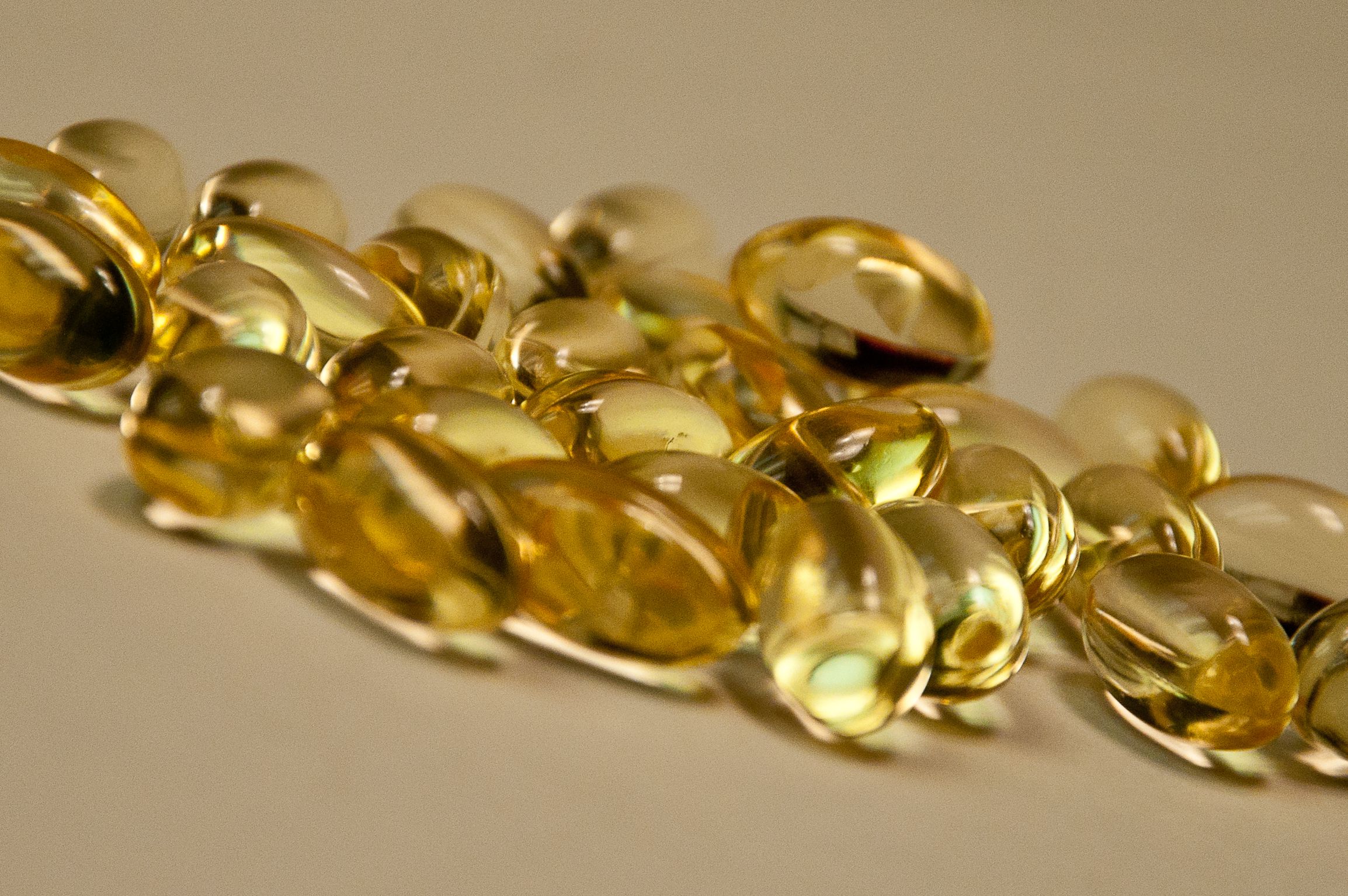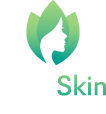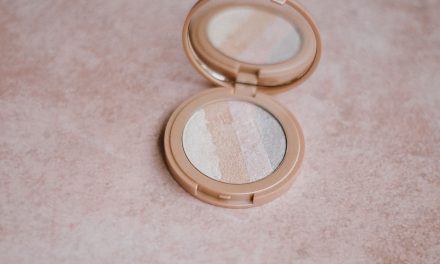
If you take a look at a few of the skincare products you currently own or use, you’ll probably find that it contains Vitamin E. It will either be listed as that, or as Tocopherol or Alpha-Tocopherol on the manufacturer’s ingredients list on the product packaging. It is typically included not only for its skincare benefits but also because it acts as a safe and natural stabilizer in beauty products which will help give them a longer shelf life.
What’s the story behind Vitamin E? Is it one of the unsung heroes of skin care and beauty?
What is Vitamin E?
Vitamin E is a fat soluble vitamin found in plant oils and in the leaves of many green vegetables. It is also known as an antioxidant which protects the body from free radicals. Typically there are eight different forms of naturally sourced Vitamin E. These are:
- Alpha-tocopherol
- Alpha-tocotrienol
- Beta-tocopherol
- Beta-tocotrienol
- Gamma-tocopherol
- Gamma-tocotrienol
- Delta-tocopherol
- Delta-tocotrienol.
Alpha-tocopherol is the most commonly known and used form of Vitamin E and is the only one that can reverse Vitamin E deficiency in those that need to take it for medical reasons.

Vitamin E is a nutrient and a powerful antioxidant and it has been used in serious, clinical dermatology for more than fifty years. There is serious scientific research that shows it can help with some common, but serious skincare concerns such as burns, scars and wounds.
It’s a key vitamin needed to build up good immunity and for healthy skin. The healthcare supplement market has seen a huge rise in the number of people taking it as an antioxidant in its own right. We need antioxidants in our diet not just for the good of our skin, but to help protect the cells in our body from free radical damage.
Why take Vitamin E?
Put simply, it can do absolutely no harm to use it topically in a skincare preparation. However, if you’re looking to it as a wonder cure, or preventative treatment to help guard against conditions like heart disease, cancer, stroke, Alzheimers or common conditions of the eye like cataracts then you might be disappointed to hear that scientific research into the benefits of this Vitamin are pretty lacklustre, with no clear benefits or gains from taking it.
Science has been able to establish that the only real benefits of taking a Vitamin E supplement are for people who are known to have a medically diagnosed deficiency in it. However, Vitamin E deficiency happens to be very rare – and only tends to crop up in people who suffer from serious digestive problems or conditions like cystic fibrosis. If you’re on a very low fat diet to lose weight, you may also find you’re deficient in this vitamin too.
Let’s take a look at the RDA of Vitamin E for essential good health and some of the sources you can get it from in your diet.
Vitamin E RDA in Milligrams and International Units
| CHILDREN Aged 1-3 Years | 6 mg/day (9 IU) | CHILDREN Aged 4-8 Years | 7 mg/day (10.4 IU) |
| CHILDREN Aged 9-13 Years |
11 mg/day (16.4 IU) | FEMALES Aged 14 Years and Onwards | 15 mg/day (22.4 IU) |
| PREGNANT FEMALES | 15 mg/day (22.4 IU) | BREASTFEEDING FEMALES | 19 mg/day (28.5 IU) |
| MALES Aged 14 Years and Older | 15 mg/day (22.4 IU) |
The amount suggested above are the upper intake guidelines, and the highest amount that people can take safely. However, if you have been diagnosed with a Vitamin E deficiency for any reason then a higher dose may be safely prescribed by a Doctor or other Healthcare Practitioner. Only ever take more than the recommended amount if you have been advised that it is safe to do so by a Doctor. Vitamin E is a fat soluble supplement and therefore it is always best to take it with food, and not on an empty stomach.
Which foods are rich in Vitamin E?
Many people get all the Vitamin E they need from the foods they eat in their diet. The best sources of this nutrient come from the following foods:
- Vegetable oils
- Green leafy vegetables, like spinach
- Fortified cereals
- Eggs
- Nuts
Are there any risks from taking Vitamin E?
This is, on the whole, unclear as yet and not enough research has been undertaken. There are some studies which suggest that taking it long term (over a decade) has been linked to an increase in susceptibility to having a stroke. However, many doctors are coming round to the notion that it may have increased and long term health benefits to certain patients. More research is clearly needed in this field.
Alongside this, certain clinical trials have ascertained that patients who took Vitamin E (either synthetic or natural source) in doses of more than 400 IU per day increased their risks of dying from all causes. This risk increased even more if higher doses were given. Studies on people with cardiovascular problems suggested that people who suffered from diabetes or other cardiovascular diseases, and who took Vitamin E at the same dose (400 IU) had an increased risk of heart failure and heart failure-related hospitalization.
Pregnant women are advised against taking the supplement in the early stage of pregnancy, unless advised by a medical practitioner. A study found that women who took Vitamin E during the first eight weeks of their pregnancy had a 1.7 to 9 fold chance of their baby developing congenital heart defects. Another large scale study found that men who took a Vitamin E supplement alongside a multivitamin ended up with a significantly increased risk of developing prostate cancer.
Therefore many healthcare practitioners and health associations simply recommend that you get all the vitamin E you need from your diet and that if you are considering taking a supplement, you only do so under the guidance of a doctor.
Are there any side effects of taking Vitamin E?
Topical vitamin E can occasionally irritate the skin, if you are very sensitive. If you take it as a supplement and overdose this can cause nausea, headache, bleeding, fatigue, and other symptoms. If you take any other form of prescribed medication, in particular, blood thinners then it is important that you speak to a Doctor before you go ahead and take a supplement.

Vitamin E Benefits for Skin and Hair
The benefits of Vitamin E for skin and hair are as follows:
It’s a great protector for your skin
As it is an antioxidant, it’s known to fight free radicals. When it is used as a topical preparation for the skin it can help provide a barrier that fights skin damage caused by such issues as over exposure to the sun.
In a study that was carried out and published by the American Academy of Dermatology, scientists took two vitamins, Vitamin C and Vitamin E. On testing the two vitamins together and alone they found that together they offered excellent UV protection compared to just using them in isolation. They two work well on their own and are still recommended as better than nothing at all, but together they offered greater protection from the sun and reduced sunburn cell formation.
If you’re looking to improve your sun care regimen then there are plenty of chemical free sunscreens on the market which contain both Vitamin C and E. Additionally, applying Vitamin E creams, lotions or ointments onto skin that has been burned or sunburned can aid the skin’s recovery process.
Vitamin E Improves Dry Skin
Vitamin E is generally noted as being great at improving dry, flaky, itchy skin and skin conditions. You can smooth it into your elbows, knees, cuticles and over your lips to prevent dry, chapped skin. Some people even use small amounts of Vitamin E to seal the hair shaft after a blow dry or straightening treatment. It seals the cuticle of the hair down and prevents dryness.
You can also use it in the same way you might use coconut oil as a pre-shampoo treatment for critically dry hair. Warm a tablespoon full of the oil gently in the palms of your hands. Smooth it through the mid lengths and ends of your hair. Leave to sink in for at least twenty minutes, but for best results overnight. Then rinse, shampoo out and condition and style as normal.
Helps with scar healing
Vitamin E oil has the potential to help heal skin scars or the scarring from acne when applied topically.
There is to date, only one clinical study on this but it shows promising results. In 2010 the Journal of Plastic, Reconstructive & Aesthetic Surgery conducted a study on children who had undergone surgery. They had topical Vitamin E applied three times a day for thirty days after their operation.
The there control group were simply given a petroleum based cream to apply for the same amount of time. Results shows there were no children in the Vitamin E group who got scars. In the control group just under seven per cent got scars after six months had passed.
Can potentially help stop wrinkles forming
For those people looking to find natural ways to prevent wrinkles, Vitamin E is a good way of providing anti-aging to the skin. It can improve fine lines and wrinkles as it gives an antioxidant boost which helps prevent sun damage and also aid in skin cell turnover. It also works as a superb skin softening agent, decreasing dryness which in turn makes the sign of ageing less noticeable.
Help for your hair
We’ve already seen how Vitamin E can be used as a hair treatment, but it can also be used to massage the scalp to encourage hair growth and blood flow to the scalp itself. Some people will actually burst open a Vitamin E capsule and either apply that directly to the skin or use the contents to massage into their scalp and hair.
Using Vitamin E Oil as part of your skin and hair care regimen
If you’d like to experiment with using Vitamin E as a skin care preparation, then the best time to try it is at night as, because it is a fat soluble vitamin it can be thicker and greasier. If you’re opting to use pure oil then you need to apply it very sparingly to see good results. No more than one or two drops (unless your skin is critically dry).
Many people will simply take a Vitamin E capsule, gently cut or puncture it and apply the contents to their skin. You can buy Vitamin E oil from a bottle which you can use in the same way. The benefits of using pure Vitamin E oil is that you’re getting the purest concentration of the nutrient and this will do the best for your skin.
If you’re using it to help treat face concerns like fine lines, wrinkles or acne scars you can use the oil neat and smoothed onto the area of concern, or buy a specially formulated skin cream with Vitamin E in it. Alternatively you can turbo charge your existing moisturiser by adding in a drop or two of Vitamin E oil. Wheatgerm Oil is an excellent source of Vitamin E and can be used topically as a treatment.
If you’re looking to buy an good quality Vitamin E oil, look for one that is labelled ‘natural’ or as d-alpha-tocopherol. Check the ingredient label of the product and you’ll find that synthetically-made vitamin E oil is listed as all-rac-alpha-tocopherol or sometimes labeled as dl-alpha-tocopherol
Always store your Vitamin E, whatever you’re buying it for, in a cool, dark place.
Are there any contraindications to using Vitamin E?
You can safely apply it to your skin and hair, but it is always advisable to do a patch test first. Apply a small amount of the oil to the inside of your elbow and leave to dry, don’t wash this part of your skin for twenty four hours or so. If there is no redness or reaction, then you can safely apply this without worry.
It’s worth noting that even if you can’t tolerate it on your skin, you may still be OK to use it on the end of your hair or on your cuticles.
If you notice any redness, discomfort or burning after applying Vitamin E containing products, stop using them straight away and seek medical attention.
Resources & Further Reading
https://www.webmd.com/diet/supplement-guide-vitamin-e
https://draxe.com/vitamin-e-benefits/
https://www.healthline.com/health/all-about-vitamin-e
https://www.nhs.uk/conditions/vitamins-and-minerals/vitamin-e/
https://upload.wikimedia.org/wikipedia/commons/c/c3/Vitamin_E_%2831992676570%29.jpg
https://upload.wikimedia.org/wikipedia/commons/8/8d/Vitamina_E_%28suplemento%29_095.jpg
https://unsplash.com/photos/LL1vA5sUs6g





Great post!